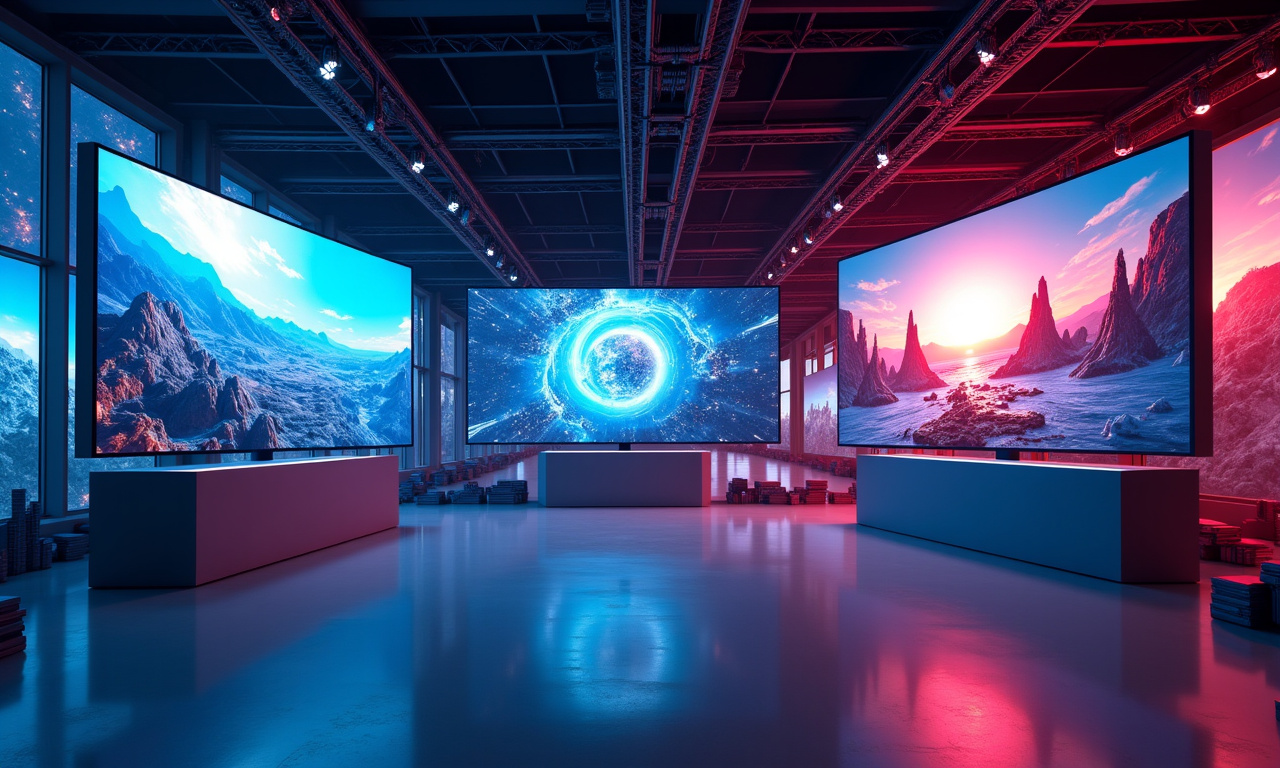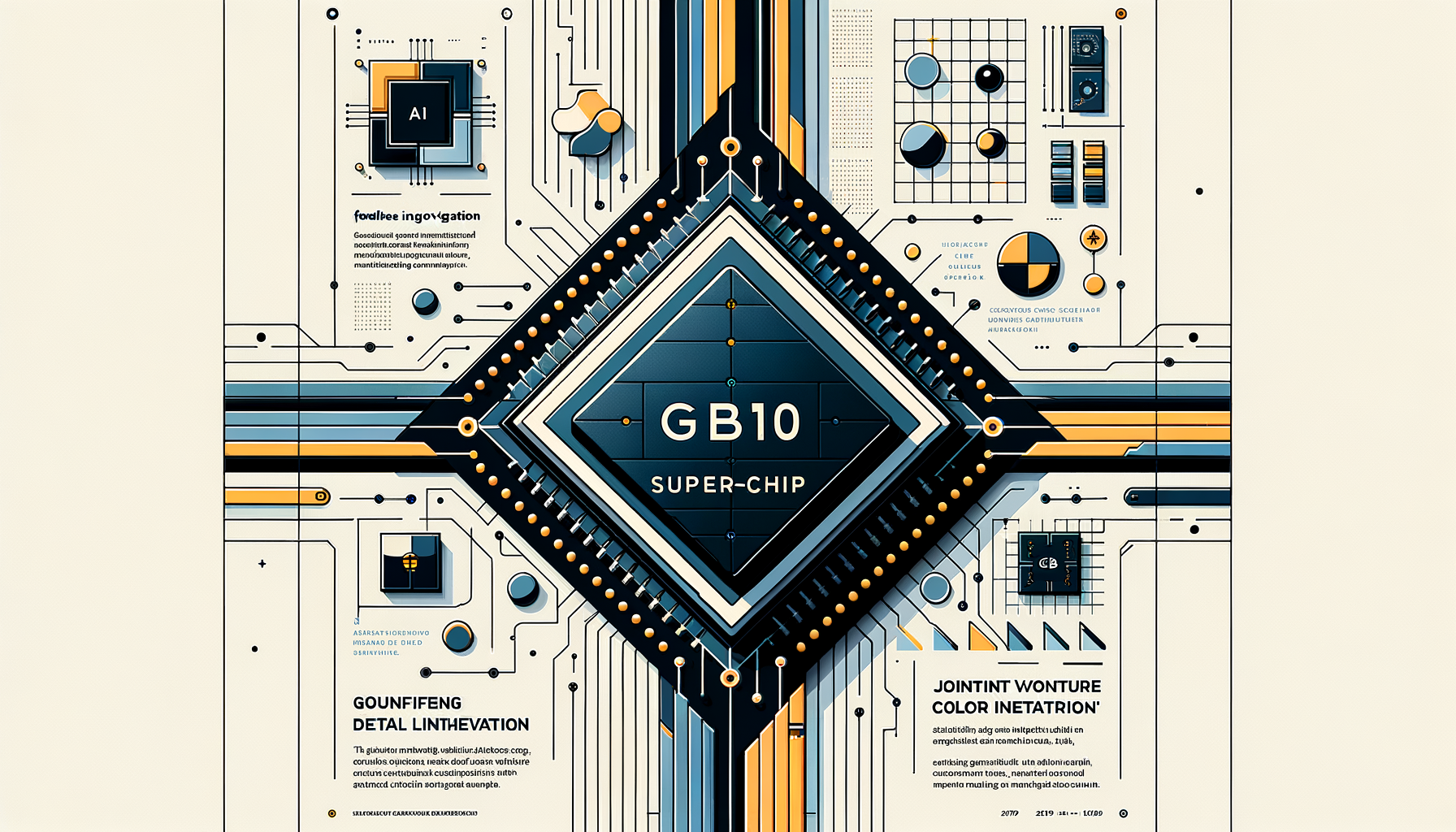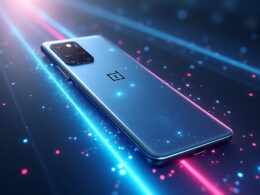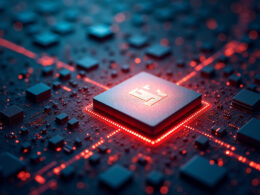In a notable stride for AI and consumer hardware, Nvidia has unveiled the GB10 ‘superchip’-a collaborative marvel with MediaTek-at the Hot Chips 2025 conference. This release, part of the DGX Spark ‘supercomputer on your desk’ initiative, is designed to push the envelope of AI-driven hardware capabilities.
Zooming In
Industry Context and Importance
The GB10’s debut comes at a time of surging demand for high-performance computing devices. As AI, data processing, and gaming technology advance, partnerships like the one between Nvidia and MediaTek are becoming essential strategies to drive innovation. Through this collaboration, Nvidia aims to fortify its position in a market where AMD and Intel have long been dominant.
Technical Specifications and Design
The GB10 ‘superchip’ utilizes a tile or chiplet architecture, with Nvidia preferring to call it a ‘dielet’ design. It comprises two chips: the S-die from MediaTek, inclusive of a CPU with memory and I/O systems, and the G-die from Nvidia, a GPU built on their Blackwell architecture. Both chips employ TSMC’s cutting-edge 3nm fabrication process, underscoring the sophistication of their engineering.
Industry Reactions and Implications
Hot Chips 2025 attendees have shown hearty approval for the GB10, especially concerning its computational prowess offered through a 256-bit LPDDR5X-9400 memory interface, reaching 301 GB/s bandwidth. Furthermore, the proprietary chip-to-chip interface, developed by Nvidia and based on their NVLink technology with 600 GB/s bidirectional throughput, highlights the chip’s competitive edge in terms of speed and efficiency.
Market Comparison and Future Prospects
In comparison to rivals, the GB10 stands out with its complex integration of MediaTek’s CPU and Nvidia’s GPU, a partnership AMD’s Strix Halo lacks. Additionally, the chip’s GPU cache versatility, doubling as an L2 cache and L4 cache, presents a feature not often replicated in market alternatives.
The road ahead for Nvidia involves transitioning the GB10 for broader consumer application. Although the DGX Spark has generated buzz, real-world adoption remains limited, posing questions on its future reach. How Nvidia navigates these challenges will be pivotal for its sustained market influence.
Conclusion
Nvidia’s GB10 ‘superchip’ charts a new course for processor technology through strategic partnerships. Its introduction marks a significant advancement in AI and gaming capabilities, demonstrating the pivotal role of collaboration in tech innovation. As anticipation grows, the GB10 stands as a testament to the monumental shift in how processor markets may evolve.









